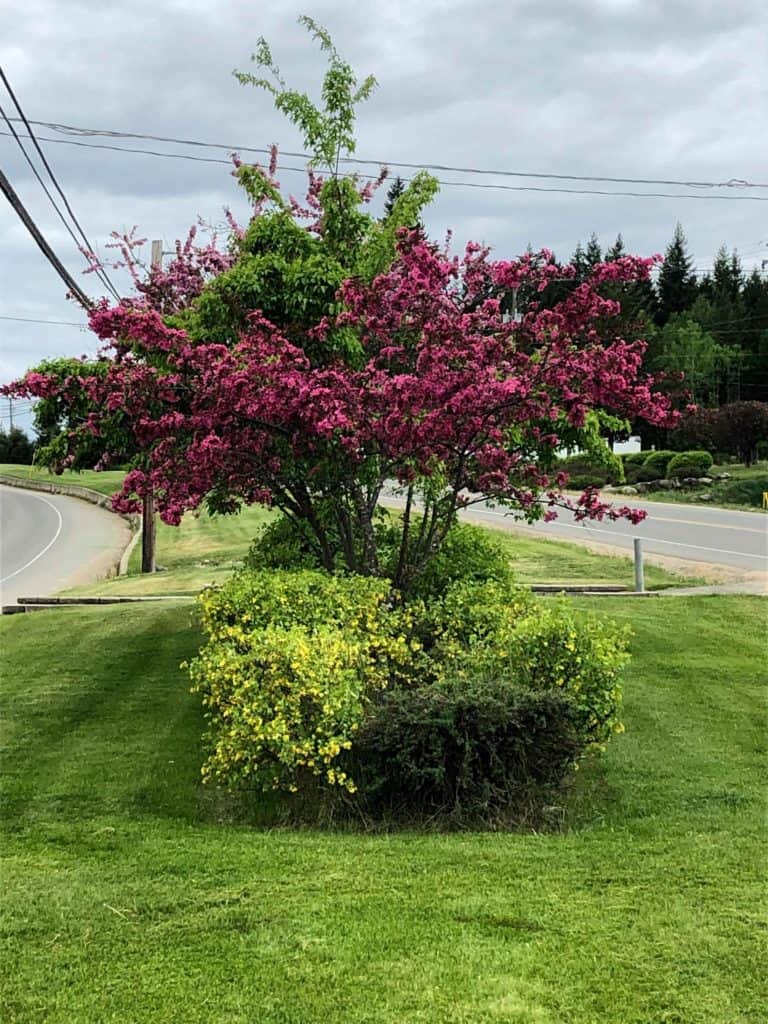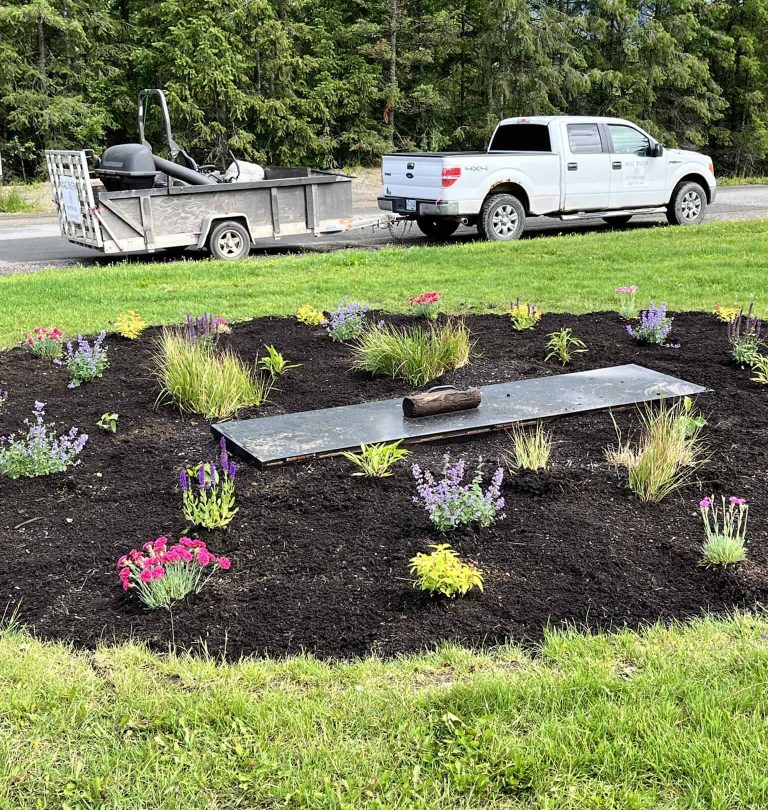Garden Care
Garden Care
Garden maintenance is more important than you think. Regular maintenance provides less upkeep, fewer weeds, tidy appearance and increased productivity of food, flower and foliage. Jobs can include regular mowing, watering, fertilizing, insect and pest control, and weeding every week or as needed.
Benefits of Garden Care
Garden care has seasonal needs. A productive and reliable garden is built and maintained by establishing and nurturing its ability to grow and produce year-over-year.

Let us assist in your
Garden Spaces...
We offer a wide variety of services and expertise.
Let us help with seasonal revitalization and maintance.
- Planting
- Fertilizing
- Weeding
- Maintaining
- Winterizing
View Our Garden Projects!
Answers to Common Questions:
Early Spring: Trim back semi-woody perennials, like Russian Sage and Butterfly Bush.
Early Summer: After spring blooming plants have flowered, you can trim them back. For spring bulbs, wait until the foliage yellows.
Summer: Deadhead annuals and flowering perennials. Prune back some of the branches to encourage fuller growth.
Late Summer Through Fall: Deadhead annuals and perennials as needed. Once the plants are spent in the fall, remove annuals entirely and trim back perennials to about 3 inches (7.5 cm) above ground.
Ensure sprinklers are set so that only lawn and gardens are watered not the roadway
EFFECTIVE PERIOD~ May 15 to September 30 each year.
~ Properties with even numbered houses are allowed to water on even numbered days.
~ Properties with odd numbered houses are allowed to water on odd numbered days.
Water deeply but not to often.
-Too much watering can lead to poor growing conditions and disease problems.
-Water only when your lawn needs it, usually no more than once a week when there is no rainfall.
-Apply at least 2.5cm (1 inch) of water. Place a tuna or pet food can on your lawn to measure how much you’ve watered. Stop watering when it is full.
-Consider the soil type and surface features. Grass growing on compacted, fine soil or on a slope needs lighter, more frequent watering
Watering in the morning reduces water lost from evaporation and wind.
watering in the evening leaves the grass wet for longer, increasing the risk of disease.
Grass growing near large trees may need to be watered more often, because the tree roots absorb much of the soil’s water.
In extended hot, dry periods, a lawn may wilt, turn brown and become dormant.
A healthy lawn can survive several weeks in a dormant state.
Common grass varieties like Kentucky bluegrass and fine fescues will turn green again when regular moisture conditions return.
Compost is a great fertilizer that supplies your lawn with nutrients needed for plant growth.
- It is best to apply fertilizer in spring and late summer.
- Mix fertilizer into the soil before seeding or laying sod, or spread it in a thin layer raked over your existing lawn.
Organic fertilizers release more nutrients as the temperature and moisture levels increase, so you shouldn’t fertilize when conditions are likely to be hot or dry (usually from mid June to early August).
Commercial fertilizers usually contain three major nutrients:
Nitrogen (N) to promote leaf growth.
Phosphorus ( P), for root growth.
Potassium (K), which is essential for stress resistance.
The three numbers on the packaging show the proportions of these nutrients. For example, a 21-7-7 formulation contains 21% nitrogen (N) and 7% of each of phosphorus (P) and Potassium (K).
All-purpose turf fertilizers usually have a N-P-K ratio of 4-1-2.
Fertilizers with a slow-release form of nitrogen are better because they release nutrients uniformly, and there is less risk of excess fertilizer leaching away from the root zone.
This depends on the type of soil, the type of grass, site and weather conditions. Follow all instructions on the product label.


